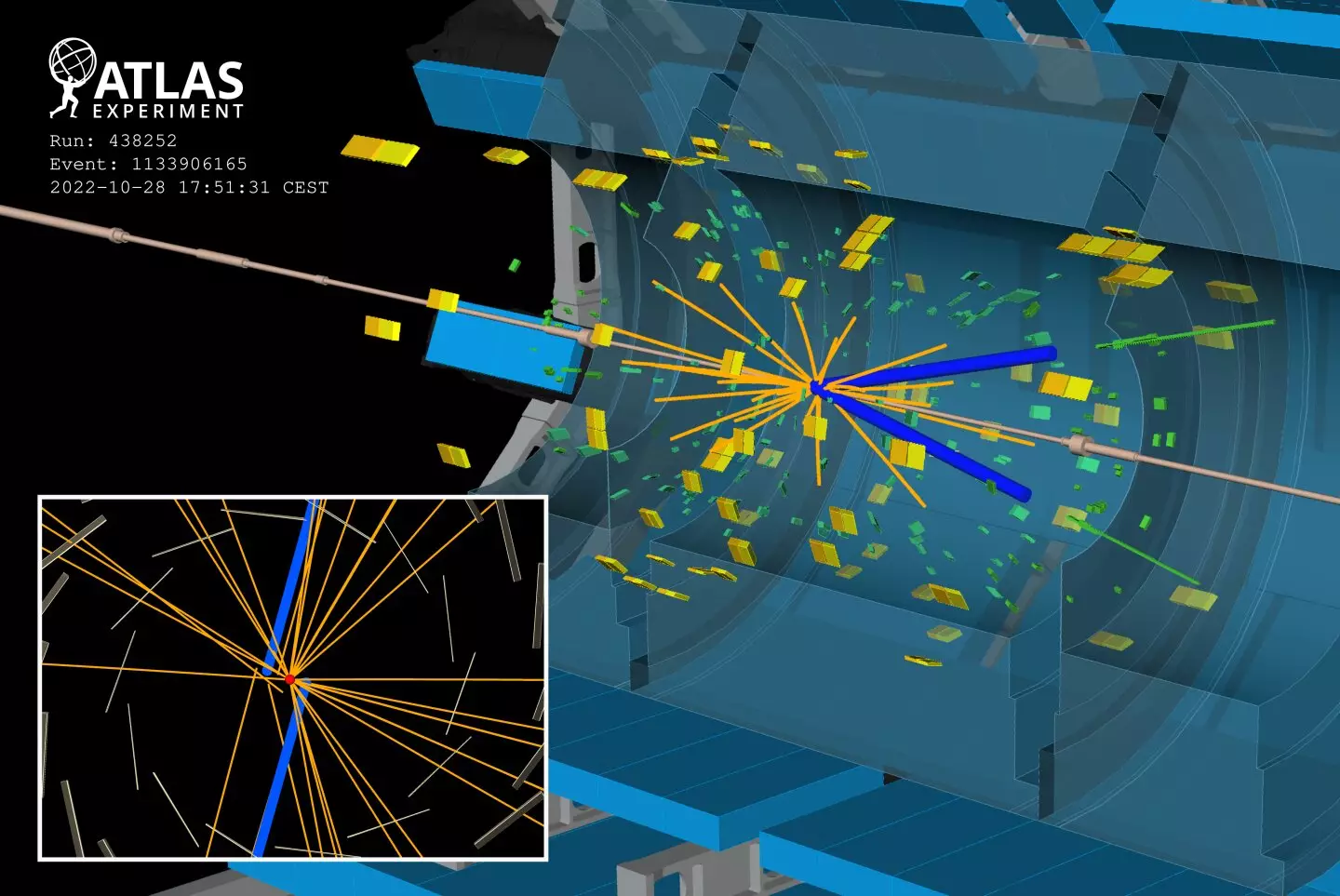The Standard Model of particle physics has long been celebrated as one of humanity’s most significant scientific achievements, effectively encapsulating the fundamental particles and forces that govern the universe. Yet, despite its success, the model is widely regarded as incomplete. It fails to encompass key phenomena such as dark matter and gravity, leaving a chasm in our understanding of the universe’s workings. As theoretical physicists ponder the implications of this inadequacy, experiments are vigorously initiated worldwide to explore realms beyond the established framework. The quest for new physics has become imperative, driving scientists into exploration and experimentation.
Exciting Developments at the ICHEP Conference
The recent International Conference on High-Energy Physics (ICHEP), held from July 17 to 24 in Prague, provided a prominent platform for discussing groundbreaking results and ongoing experiments. A highlight of the conference was presented by the ATLAS collaboration, which unveiled new findings from their relentless search for novel physics phenomena. Their work took center stage as they focused on detecting elusive magnetic monopoles during heavy-ion collisions and long-lived particles created during proton-proton collisions. The enthusiasm surrounding these searches embodies a scientific community motivated by curiosity and the promise of discovery.
Searching for Magnetic Monopoles
Magnetic monopoles—a fascinating concept in theoretical physics—are hypothetical particles that would carry a singular magnetic charge, either north or south. The discovery of these particles could revolutionize fundamental physics by illustrating the symmetry that exists between electricity and magnetism, bridging environmental scales with profound implications for theories aimed at unifying the fundamental forces of nature. The Large Hadron Collider (LHC) plays a critical role in the pursuit of these particles, particularly during high-energy collisions. ATLAS initiated a new search for magnetic monopoles, delving into data collected during heavy-ion (lead-lead) collisions at record levels of 5.36 TeV.
In this sophisticated search, researchers examined ultraperipheral collisions where lead ions pass closely without central impact, allowing interaction predominantly through electromagnetic forces. This particular method opens doors for the largest magnetic fields observed in the universe, potentially creating the perfect conditions for the formation of magnetic monopoles. However, ATLAS’s recent efforts yielded no definitive signs of monopoles this time around. Nonetheless, these results establish critical benchmarks concerning the production rate of monopoles and provide scientists with a valuable framework for future inquiries.
The Enigma of Long-Lived Particles
While searching for magnetic monopoles highlights one avenue of exploration, ATLAS is not stopping there. The collaboration is also investigating long-lived particles, a class of particles that, according to several theories beyond the Standard Model, could exist and evade detection by producing decay products at locations far removed from the primary collision point. This exploration is pivotal because such particles might have eluded previous findings due to the limitations of detection methodologies.
The recent search by ATLAS focused particularly on pairs of long-lived particles that decay to produce an electron, a muon, or a tau lepton, resulting in “displaced” tracks detectable by the advanced instrumentation of the detector. This groundbreaking methodology could uncover new physics manifested in the form of hidden particles, previously considered mere theoretical constructs. The analysis thus far has shown that all observed event yields adhered closely to the expectations set out by the Standard Model, yet they have set stringent limits on the presence of supersymmetric partners, thereby refining our knowledge with more precise parameters than ever achieved.
Future Directions in Particle Physics
As the quest for magnetic monopoles and long-lived particles continues, the scientific community anticipates an influx of new data from ongoing and upcoming experiments at the LHC. With the planned upgrade to the High-Luminosity LHC, researchers expect a dramatic increase in collision rates, unlocking the potential for unprecedented discoveries. ATLAS and other collaborations are poised to refine search methodologies, developing innovative techniques for enhancing particle detectability and improving data analysis.
The pursuit of new physics is not merely an academic endeavor; it represents humanity’s thirst for knowledge and understanding of the cosmos. Each experiment, each search, and each finding contribute to the broader narrative of scientific progress. As researchers unravel the complexities hidden within particle interactions, they inch closer to answering profound questions about the fabric of existence. The journey into uncharted territory is as exhilarating as it is essential, propelling us further into the vast expanse of the unknown, guided by curiosity and fueled by the humans’ innate desire to explore.

